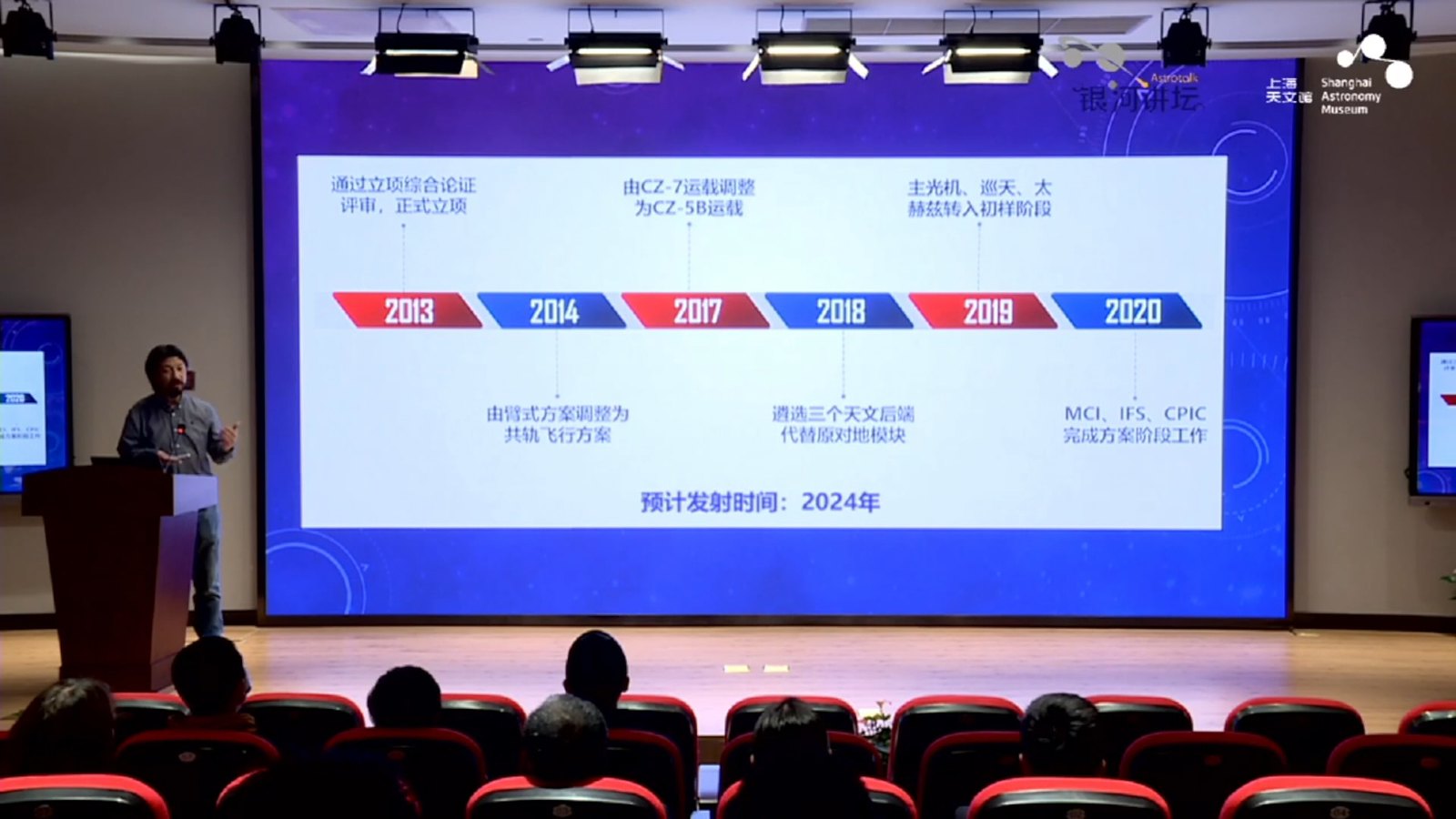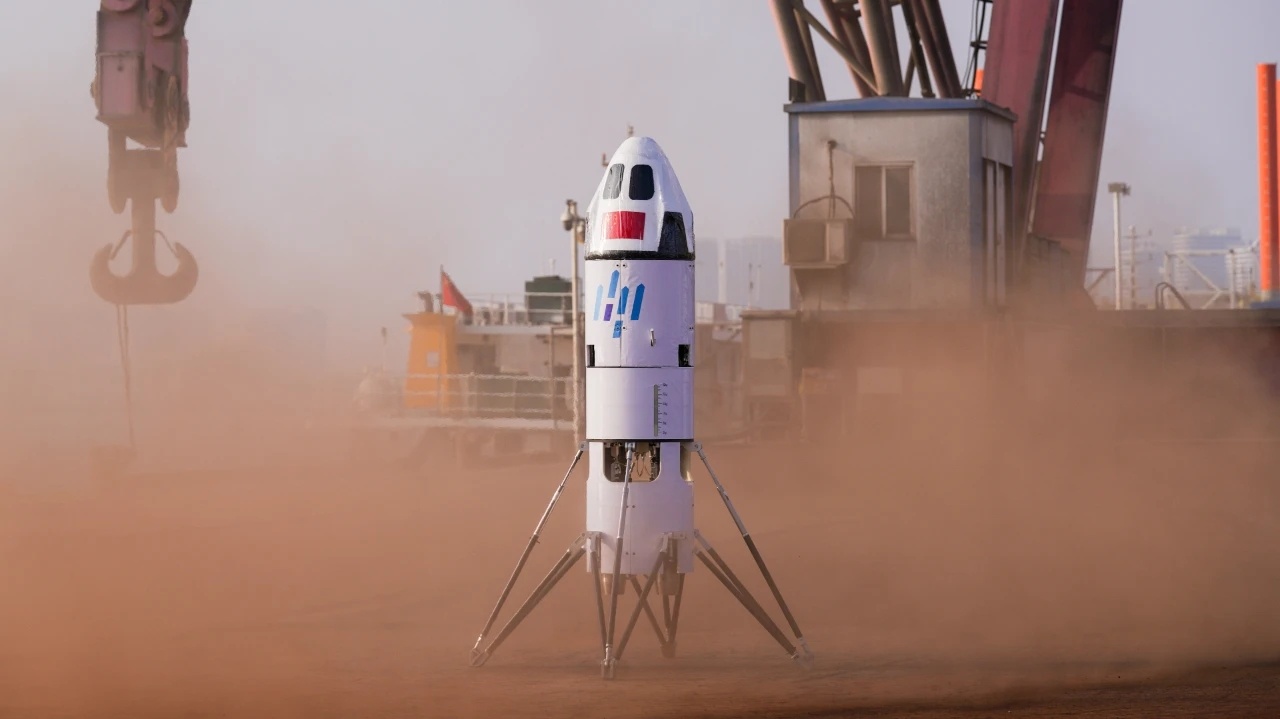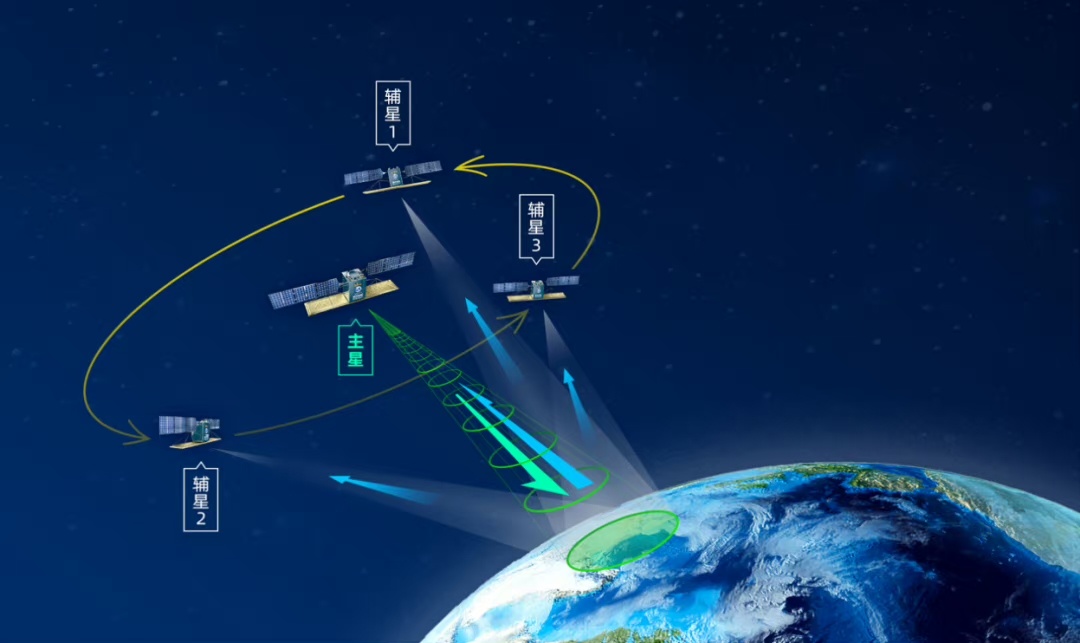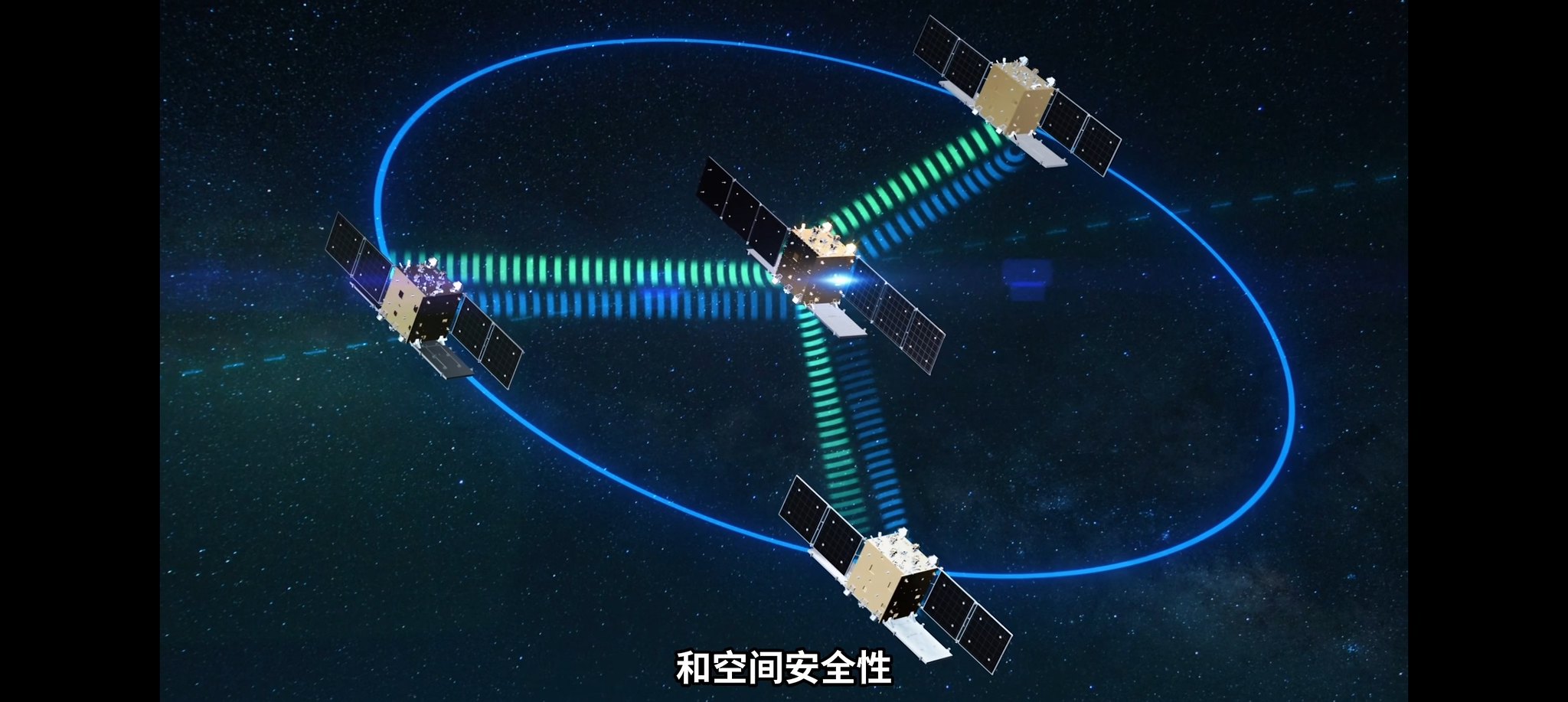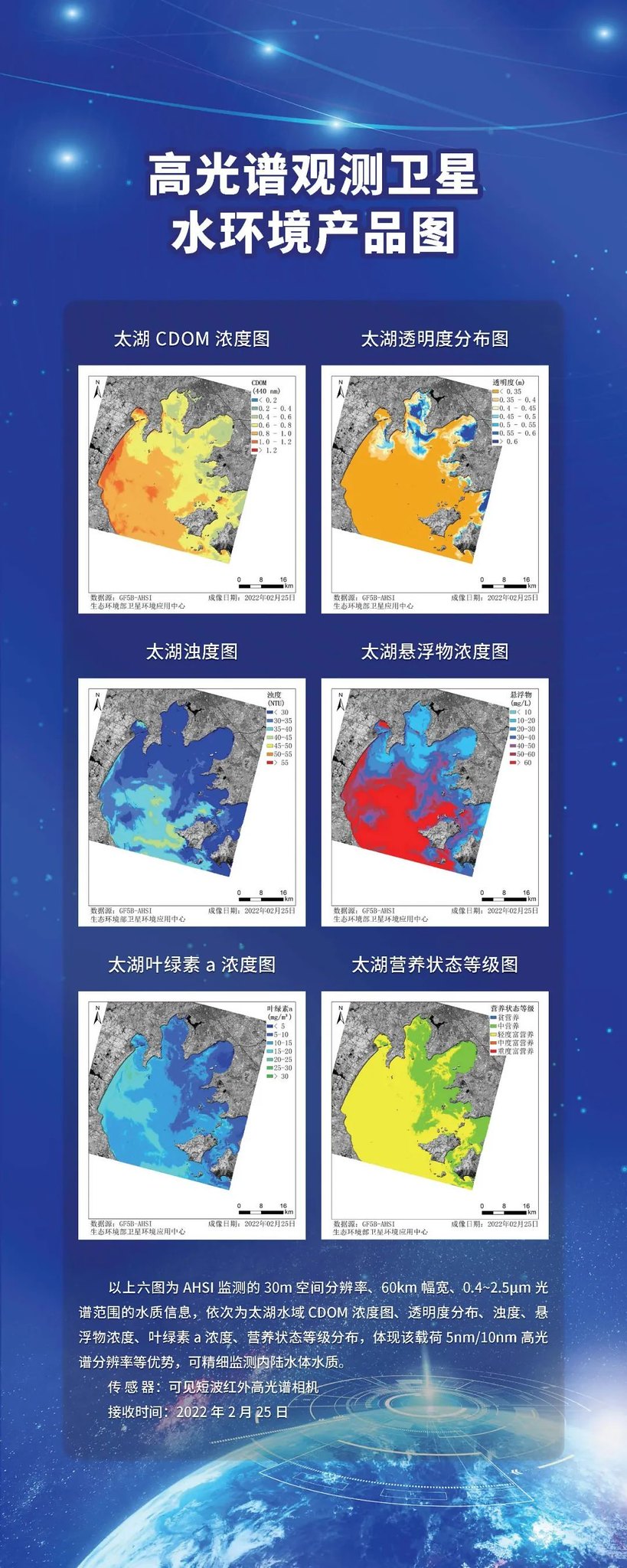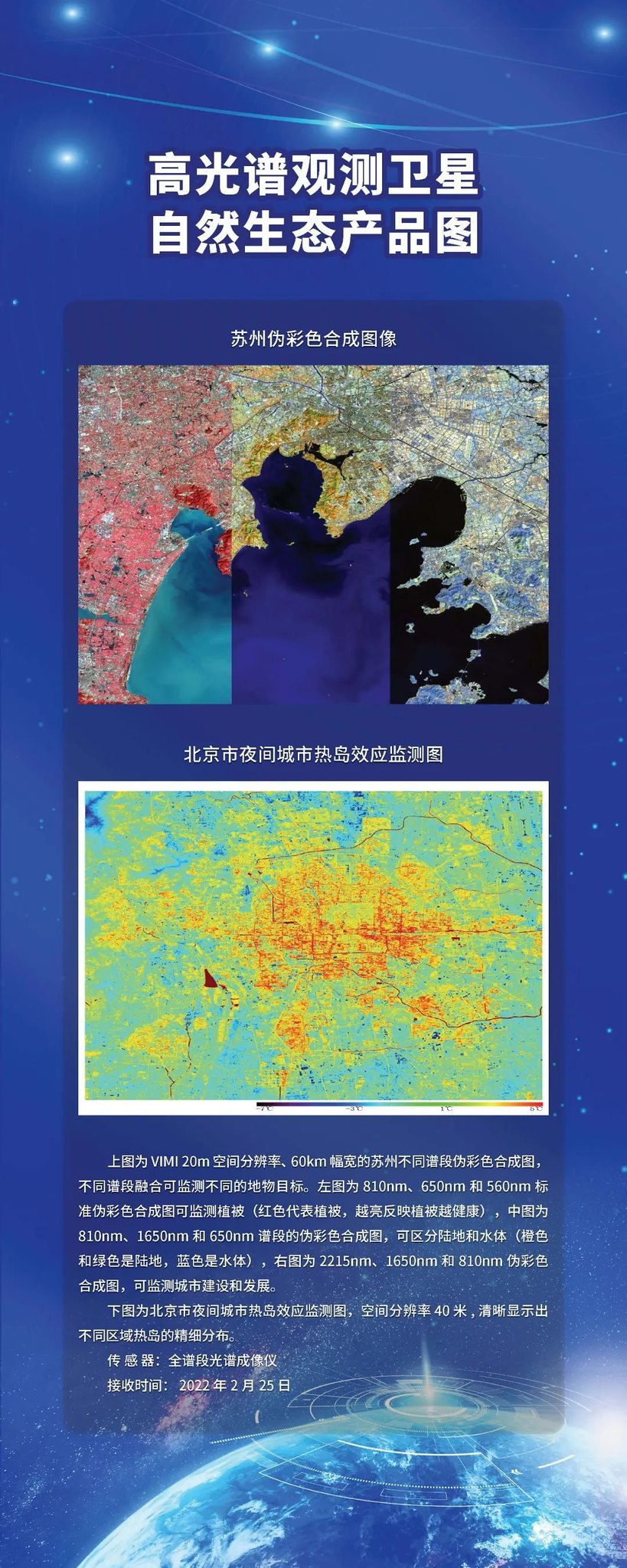High-resolution images of the successful Tianlong-2 (TL-2) launch.
TL-2 is developed by the private launch provider Tianbing Technology. It uses liquid LOX/kerosene propellant, with the kerosene being
derived from coal, as opposed to the traditional and more expensive method of refining kerosene from petroleum. TL-2 has a three-stage configuration and has a total length of 32.8 meters, take-off mass of 150 tons, take-off thrust of 190 tons, LEO capacity of two tons, and SSO capacity 1.5 tons.
The successful first flight of TL-2 achieved multiple firsts:
1) The world's first successful maiden launch of a pure liquid launch vehicle developed by a private company.
2) The world's first successful launch using a staged-combustion-cycle LOX/kerosene engine developed by a private company.
3) The world's first successful flight of a launch vehicle using coal-derived kerosene.
4) The first Chinese liquid launch vehicle that does not rely on a launchpad.
5) The first Chinese launch vehicle using 3D-printed high-pressure staged-combustion-cycle engine.
6) The first Chinese launch vehicle using an open-cycle liquid oxygen kerosene rocket engine (YF-102, more on this later).
7) The first Chinese launch vehicle to have a three-engine cluster on the same motor mount.
8) The first Chinese launch vehicle to have an all-aluminum-alloy surface tension propellant tank for orbit attitude and orbit control maneuvers.
9) The first Chinese launch vehicle to re-use rocket fuselage. This is the same fuselage that previously underwent a full-system hot test run).
The first stage of the TL-2 rocket uses three YF-102 engines. YF-102 is China's first open-cycle LOX/Kerosene engine and was developed by the Sixth Academy of CASC. Sourcing off-the-shelf YF-102 engines from CASC was crucial to shortening the development time of the TL-2 rocket (only two and half years). Also symbolically important, YF-102 became the first member of the "
Eight Years Nine Engines" cohort to fly into space.
